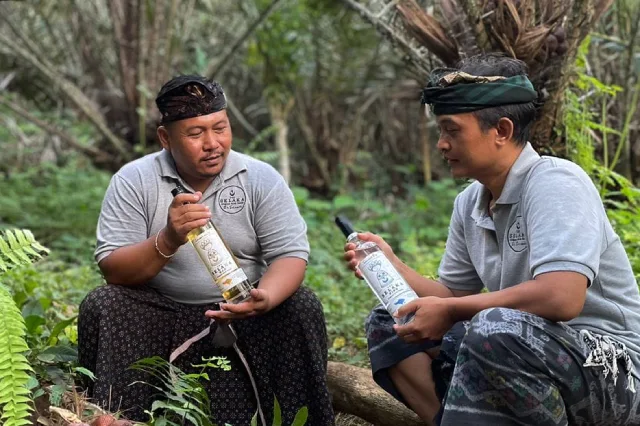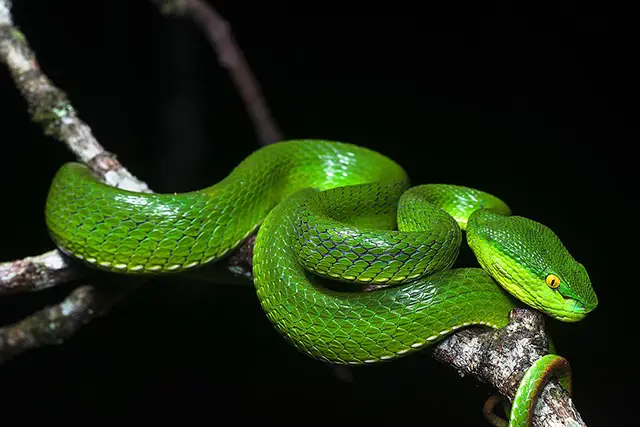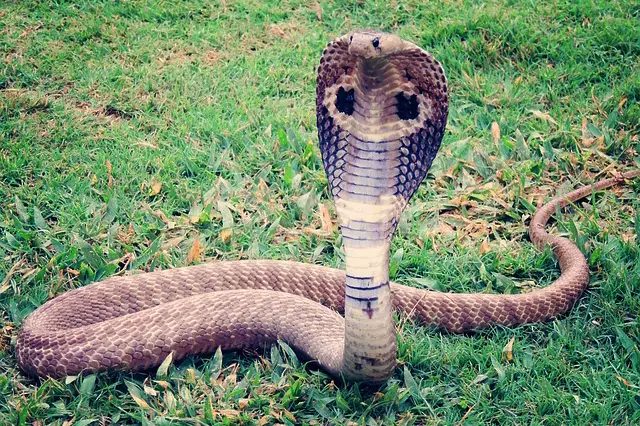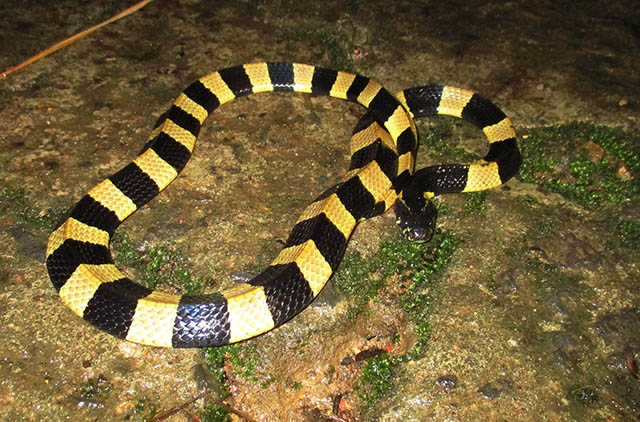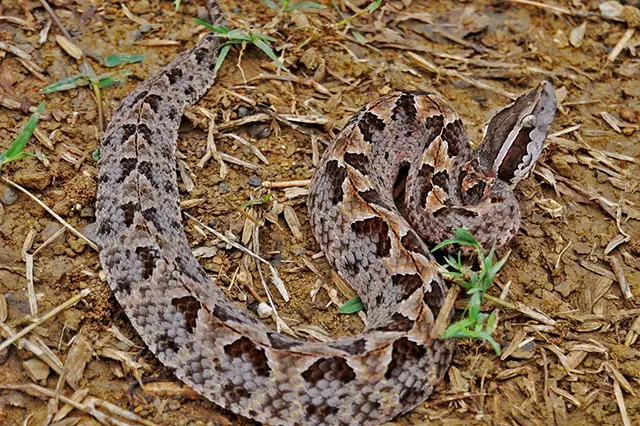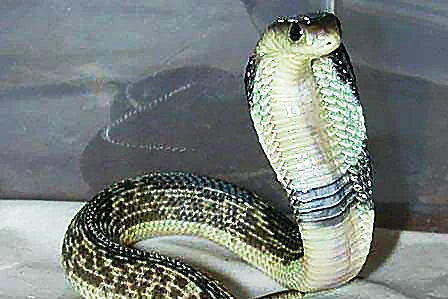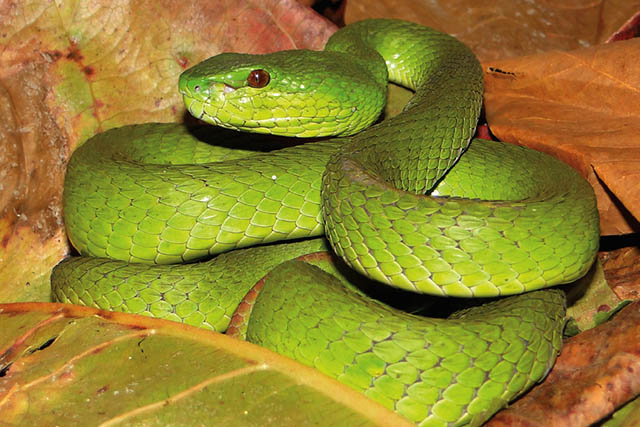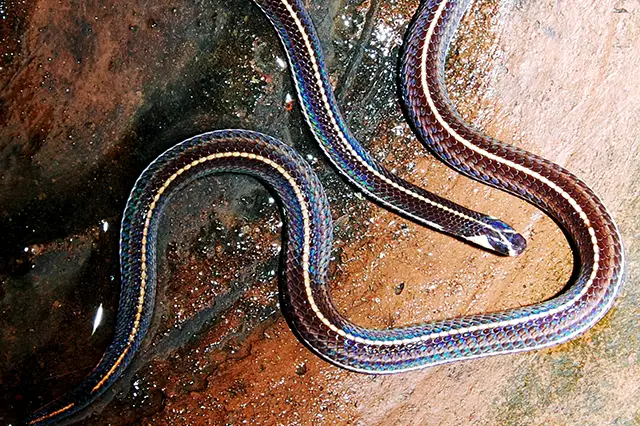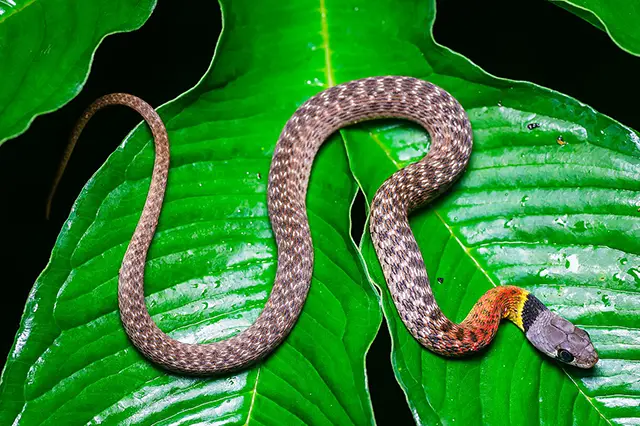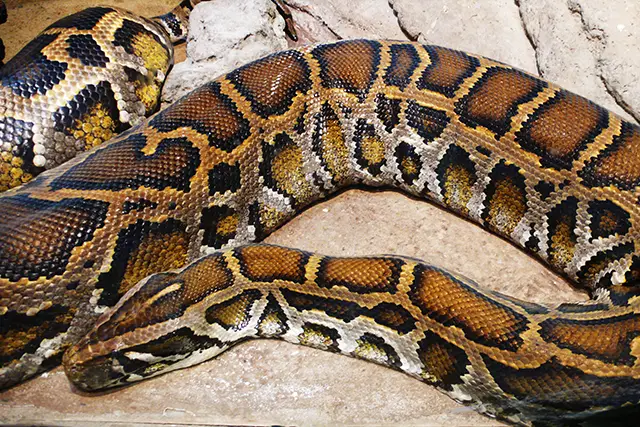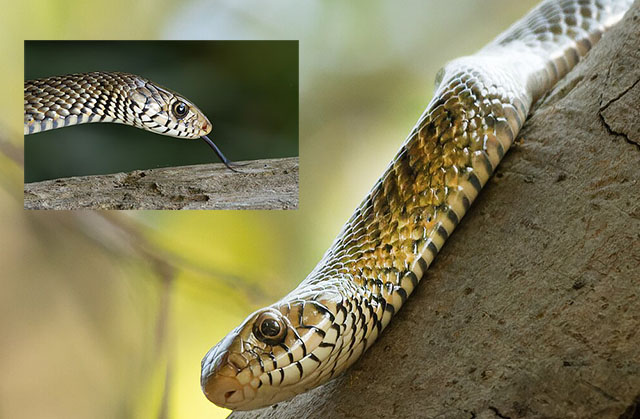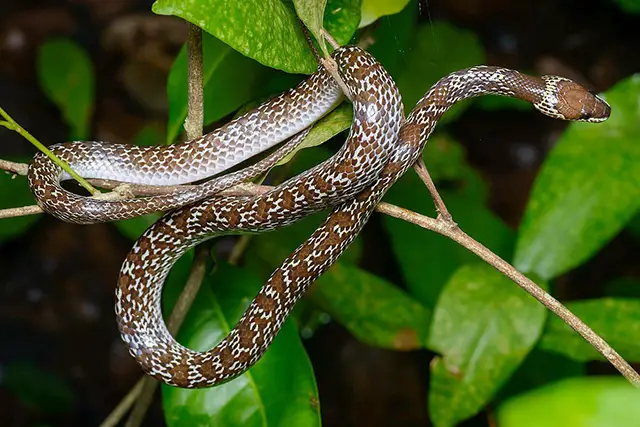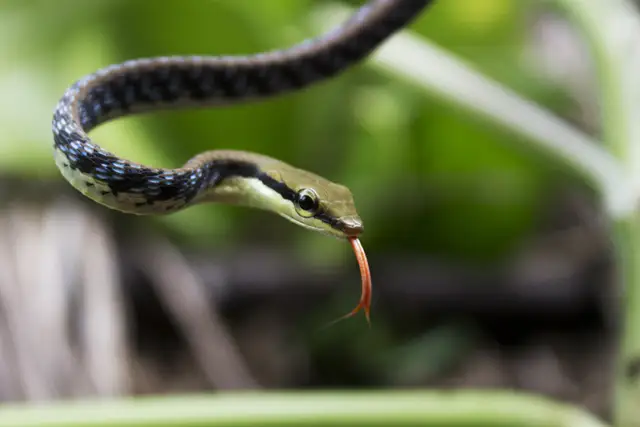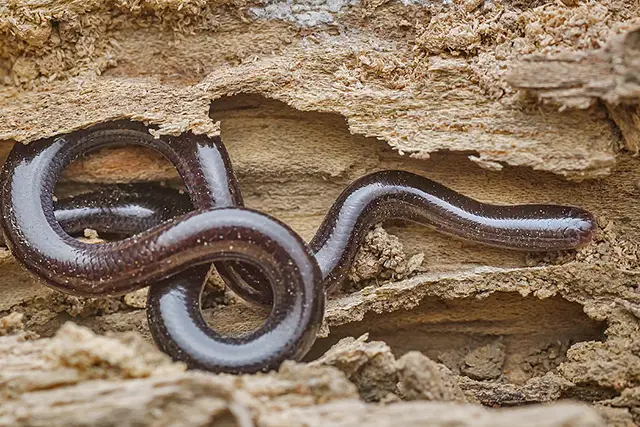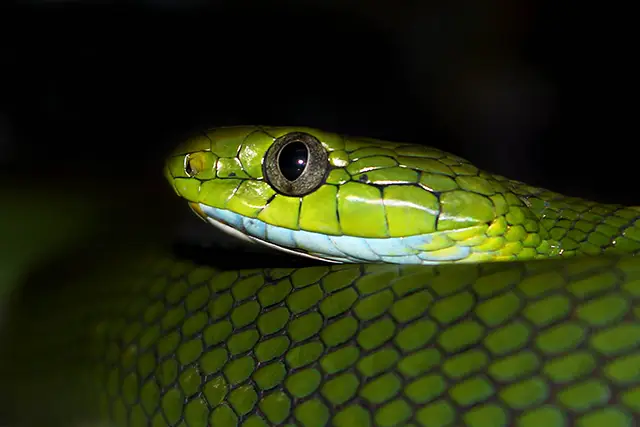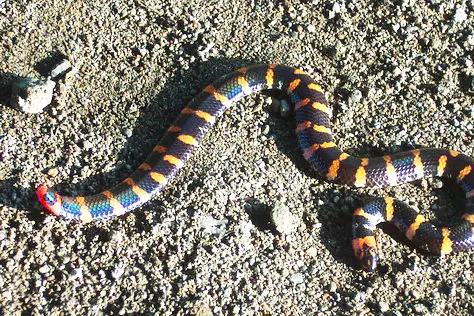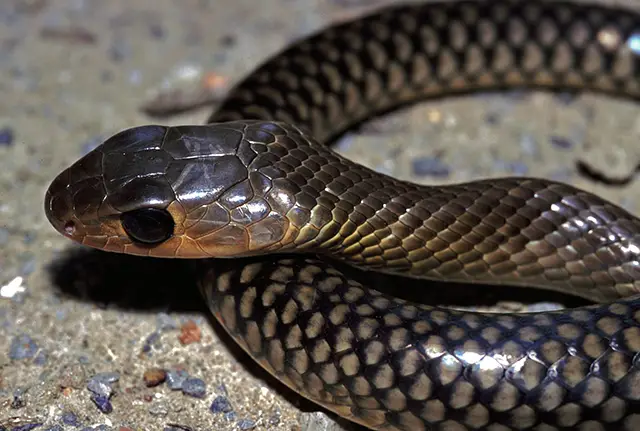Things to Do in Bali
The Guide to Snakes in Bali
Bali is a tropical island with lush landscapes. Like many tropical regions, it is also home to a diverse range of wildlife, including a variety of snake species. Understanding the local snake population is maybe not absolutely necessary since most travelers will not cross path with one of these magnificent creatures. But, it can happen.
22 Most Common Snakes in Bali – Venomous and non-Venomous
Diversity of Snake Species in Bali
Bali is home to a variety of snake species, both venomous and non-venomous. Among the most commonly encountered are the King Cobra, Blue Krait, Banded Krait, Malayan Pit Viper, and Javan Spitting Cobra. Non-venomous species include the Reticulated Python and the Common Wolf Snake. These snakes are generally shy and tend to avoid human contact, resulting in relatively few snakebite incidents on the island. However, caution is always advised, especially in rural and forested areas where these snakes are more prevalent.
Sea Snakes in Bali
In addition to terrestrial snakes, Bali’s coastal waters are home to several species of sea snakes. These include the Yellow-bellied Sea Snake and the Banded Sea Krait, which are highly adapted to marine life. Sea snakes are typically not aggressive and pose minimal risk to swimmers and divers. They are usually encountered by those venturing into deeper waters or exploring coral reefs.
Interesting Facts about Snakes in Bali
- Cultural Significance: Snakes have a significant place in Balinese culture and mythology. For instance, the temple of Pura Tanah Lot is said to be guarded by sea snakes, which are believed to protect the temple from evil spirits.
- Unique Adaptations: Some snakes in Bali, like the Green Tree Pit Viper, are arboreal and have adapted to life in trees. Their green coloration provides excellent camouflage in the foliage.
- Ecological Role: Snakes help control the population of pests like rodents, which is crucial for maintaining a balanced ecosystem. For example, the Oriental Rat Snake is known for its role in controlling rat populations.
- Venomous but Shy: Many of Bali’s venomous snakes, such as the Javan Spitting Cobra, are generally shy and avoid human contact. They usually bite only when threatened or provoked.
What Travelers want to know about Snakes in Bali
Yes, Bali is home to several dangerous snakes, including the King Cobra, Blue Krait, and Malayan Pit Viper. While these snakes are venomous, they are generally shy and avoid human contact, encounters with tourists are very very rare.
The Pythons can also be dangerous, depending ion their size and whether they feel threatened. It's important to be cautious, especially in rural and forested areas.
It is uncommon, but not impossible, to find snakes in Bali villas. Most villas are well-maintained and have measures in place to prevent wildlife from entering and gardeners keep the gardens free of potential habitats as much as possible. However, occasional sightings of non-venomous snakes like the Common Wolf Snake may occur, particularly in areas close to nature.
Snakes can be found in Ubud due to its lush, natural environment, but they are not commonly encountered by visitors. The area’s forests and rice fields provide habitats for various snake species.</p]
The most common snakes in Bali include the Common Wolf Snake and the Oriental Rat Snake. These non-venomous snakes are frequently found in gardens, forests, and near human settlements.
Bali hosts several poisonous snakes, including the King Cobra, Blue Krait, Malayan Pit Viper, Javan Spitting Cobra, Green Tree Pit Viper, Island Pit Viper, Asian Coral Snake, Red-Necked Keelback Snake, Yellow-Bellied Sea Snake, and the Banded Sea Krait. These snakes possess potent venom but are typically shy and avoid human contact.
Yes, there are. Venomous sea snakes in Bali include the Yellow-bellied Sea Snake and the Banded Sea Krait. These snakes are usually found in coastal waters and are generally not aggressive towards humans.
Yes, there are non-venomous snakes in Bali. Non-venomous snakes include the Burmese Python, Reticulated Python, Common Wolf Snake, Oriental Rat Snake, Brahminy Blind Snake, Green Cat Snake, Red-tailed Pipe Snake, and the Chinese Rat Snake. These snakes are harmless to humans and play a vital role in controlling pest populations.
Identifying snakes in Bali can be challenging due to the variety of species. Yes, identifying snakes in Bali involves looking at key markers such as color patterns, head shape, and habitat. For detailed information, refer to our specific snake pages guides available on our website.
Yes. The King Cobra in Bali is known for its impressive size and potent venom. It is typically found in forests and rural areas. Despite its fearsome reputation, it tends to avoid human contact.
The Banded Krait is a venomous snake found in Bali, recognized by its distinctive black and yellow bands. It is generally nocturnal and prefers wetland habitats.</p]
The thin green snake in Bali is likely the (mostly) harmless Vine Snake or the Green Tree Pit Viper or the Island Pit Viper,, which is the snake that causes the most bites in Bali and is specifically found in the Lesser Sunda Islands of Indonesia, including Bali, Lombok, Sumbawa, and Komodo.
The striped snake in Bali could be the Blue Krait or the Banded Krait, both of which have distinct banding patterns and are venomous. These snakes are nocturnal and typically found in rural areas.
The likelihood of seeing a snake in Bali depends on your location and activities. While urban and tourist areas have fewer sightings, rural and forested areas have higher chances of encounters. However, snakes generally avoid human contact.
Besides snakes, other dangerous animals in Bali include certain species of spiders and scorpions. However, encounters with these creatures are rare, and they generally avoid human contact, and are not very poisonous. It's more dangerous playing with a monkey in the Monkey Forest.

















